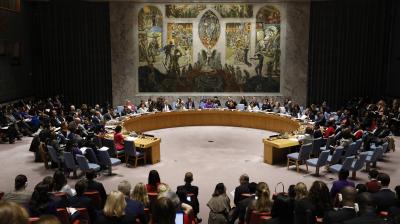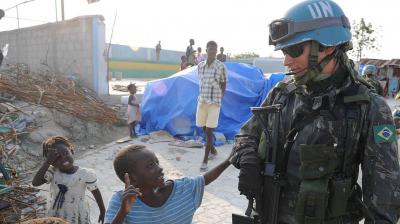Capacity building by international peacekeeping missions
International peacekeeping missions are vital contributions to conflict management and resolution. Chiefly, they aim to create a time-limited window in which the root causes of conflict can be addressed in relative calm. Increasingly, such missions include tasks that focus on strengthening civilian police and state justice systems in (post-) conflict societies as part of a broader statebuilding mandate.
Police and justice capacity building by international peacekeeping missions
This report inventories and analyses factors that influence the effectiveness of such activities undertaken by non-executive, UN-authorised peacekeeping missions. Three levels of analysis can be usefully identified:
- Factors that influence how well a mission fits with, and adapts to, the conflict context in which it operates;
- Factors that influence how well mission design and operations are focused, aligned and resourced; and
- Factors that influence how well mission activities reflect good practice in terms of content and design.
Such multilevel differentiation allows for making a distinction between factors that influence strategic, bureaucratic and operational effectiveness. Ultimately, only strategic effectiveness represents a measure of true success, even though it is hard to achieve and remains susceptible to conflict relapses.
Based on an in-depth literature review, this report identifies 16 factors of influence that will need to be accounted for to achieve strategic effectiveness in strengthening civilian police and state justice systems. These range from the need for a mission to have a clear conflict transformation strategy that is grounded in a sound understanding of the domestic political economy to the need for a mission’s programmatic activities to be long term in their engagement (especially with regards to time and funding).
It needs to be noted that most factors identified suggest plausibility of effectiveness – ceteris paribus – rather than causality.
Follow @ErwinVeen and @mvanbeijnum on Twitter.










